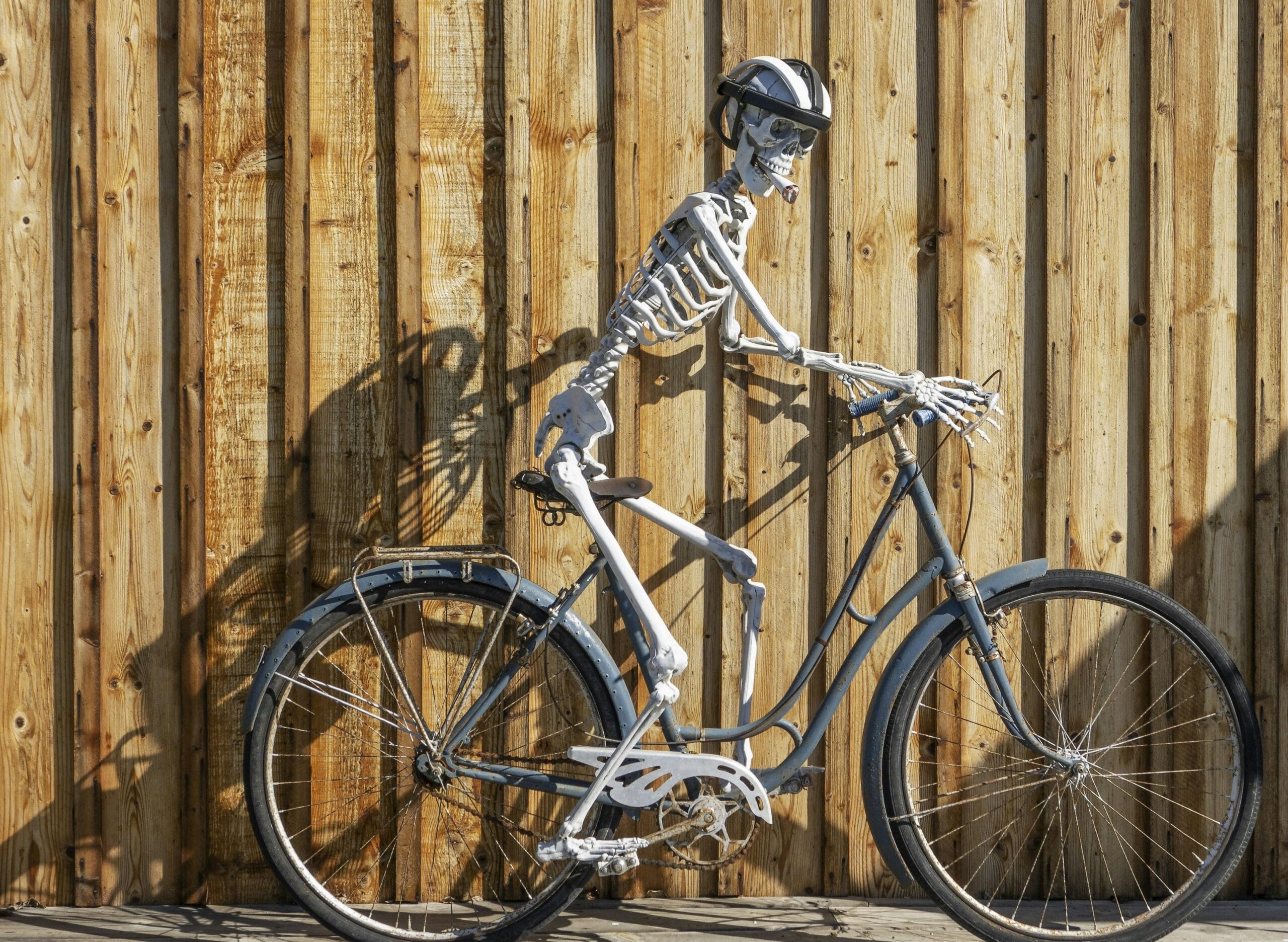What is the significance of costumes and props in burlesque shows?
Burlesque Revival: Empowerment Through Performance Art
In recent years, the art of burlesque has seen a remarkable resurgence. Known for its bold performances that blend humor, sensuality, and satire, burlesque has become a platform for empowerment, offering performers and audiences alike a unique space for expression. In this article, we’ll delve into the burlesque revival, exploring how this vibrant performance art fosters empowerment and inclusivity.
Understanding Burlesque: A Brief History
Originating in the 19th century, burlesque began as a form of theatrical entertainment that parodied serious works. Early burlesque performances combined comedy, music, and dance, offering a playful critique of societal norms. As the art form evolved, it adopted elements of striptease, transforming into the burlesque we recognize today—an eclectic mix of glamour, wit, and theatrical storytelling.
Empowerment Through Performance Art
The Power of Expression
Burlesque provides a powerful medium for self-expression. Performers craft elaborate routines that reflect their personalities and artistic visions. This creative process allows individuals to explore and celebrate their identities, breaking free from conventional standards and stereotypes.
Body Positivity and Inclusivity
One of burlesque’s most celebrated aspects is its embrace of body positivity. Performers of all shapes, sizes, and backgrounds are welcomed and celebrated, challenging mainstream beauty ideals. This inclusive environment fosters a sense of community and acceptance, empowering individuals to feel confident and proud of their unique selves.
Building Confidence On and Off Stage
Stepping onto a burlesque stage requires courage and confidence. The experience of performing in front of an audience can be transformative, helping individuals overcome shyness and self-doubt. This newfound confidence often extends beyond the stage, positively impacting various aspects of life, from personal relationships to professional pursuits.
Benefits of Burlesque
- Self-Expression: Burlesque allows for creative freedom and self-discovery.
- Body Positivity: Embraces diversity, promoting self-love and acceptance.
- Community: Fosters a supportive and inclusive environment.
- Confidence: Builds self-esteem and courage through performance.
Practical Tips for Aspiring Burlesque Performers
- Start with Classes: Many cities offer burlesque classes that cover the basics of movement, choreography, and costume design.
- Find Your Persona: Develop a unique stage persona that reflects your personality and creativity.
- Network: Join local burlesque communities and attend shows to connect with fellow performers and enthusiasts.
- Practice: Regular practice is essential for honing your skills and building confidence.
- Embrace Feedback: Constructive feedback from peers and mentors can help you grow as a performer.
Case Study: The Success of Dita Von Teese
One of the most notable figures in the burlesque revival is Dita Von Teese. Known for her elaborate and glamorous performances, Dita has played a significant role in bringing burlesque into the mainstream spotlight. Her success story highlights the power of burlesque as a platform for creativity and empowerment.
Dita Von Teese: A Profile
| Aspect | Details |
|---|---|
| Stage Name | Dita Von Teese |
| Notable Acts | Martini Glass Act, Bird of Paradise |
| Influence | Revitalized interest in classic burlesque |
First-Hand Experience: Testimonials from Burlesque Performers
To get a deeper understanding of burlesque’s impact, we spoke to several performers who shared their personal journeys and experiences in the world of burlesque.
Jasmine Blaze
“Burlesque gave me a platform to celebrate my body and my creativity. It helped me overcome my insecurities and taught me the importance of self-love.”
Velvet Valentine
“Performing in burlesque has been a transformative experience. It’s not just about the performance; it’s about the confidence and empowerment that come with it.”
Conclusion
The burlesque revival is more than just a resurgence of a classic art form—it is a powerful movement that fosters empowerment, inclusivity, and self-expression. For performers and audiences alike, burlesque offers a space where creativity knows no bounds and individuality is celebrated. Whether you’re looking to boost your confidence, explore your artistic side, or simply enjoy an evening of unforgettable entertainment, the world of burlesque welcomes you with open arms.
